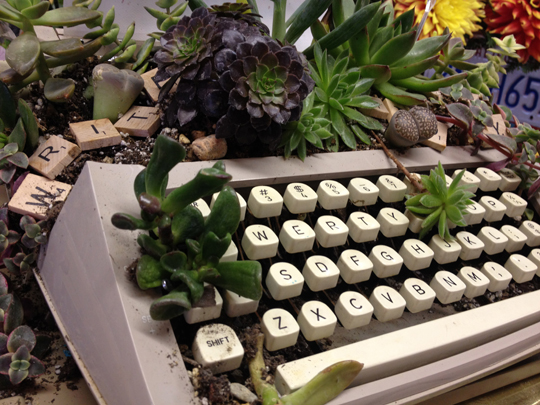Media Machines, Devices of Wonder
“Wonder, techné, arrangement, feminism, and vision furnish the conceptual framework for my claims here, but it is the restoration of the image as a legitimate form of rhetorical argument and knowledge-making that will have the most long-lasting consequences for scholarly analysis and production for rhetoric and composition” (p. 177)

In Delagrange’s final chapter, she takes a practical approach, examining with great detail the particular “habits of mind” that should be cultivated in order to create the “constructive knowledge-making spaces” based in wonder-motivated techné that she has worked to define (p. 151, 146). These habits—which are derived from the habits cultivated by the creators of the wunderkammern—are collecting, arranging, reflecting, and displaying. To exemplify the types of texts that might be developed from such an approach, Delagrange analyzes a variety of digital texts, including Internet-based hypermedia, interactive CD-ROMS, computer-generated image editors, animation programs like Adobe Photoshop and Flash, and scientific tools for image creation and manipulation.
To conclude Technologies of Wonder, Delagrange describes a series of projects assigned to her students. Designed with the purpose of teaching them to think more deeply about visual arrangement and encouraging them to embrace a wonder-based process of discovery in completing their assignments, Delagrange’s goals for the assignments were that they be heuristic, situated, strategic, and ethical. The students are led through the stages of collecting, arranging, reflecting, and displaying their work, and readers of Delagrange’s text are provided with ideas for how we might incorporate such work into our own classrooms.

